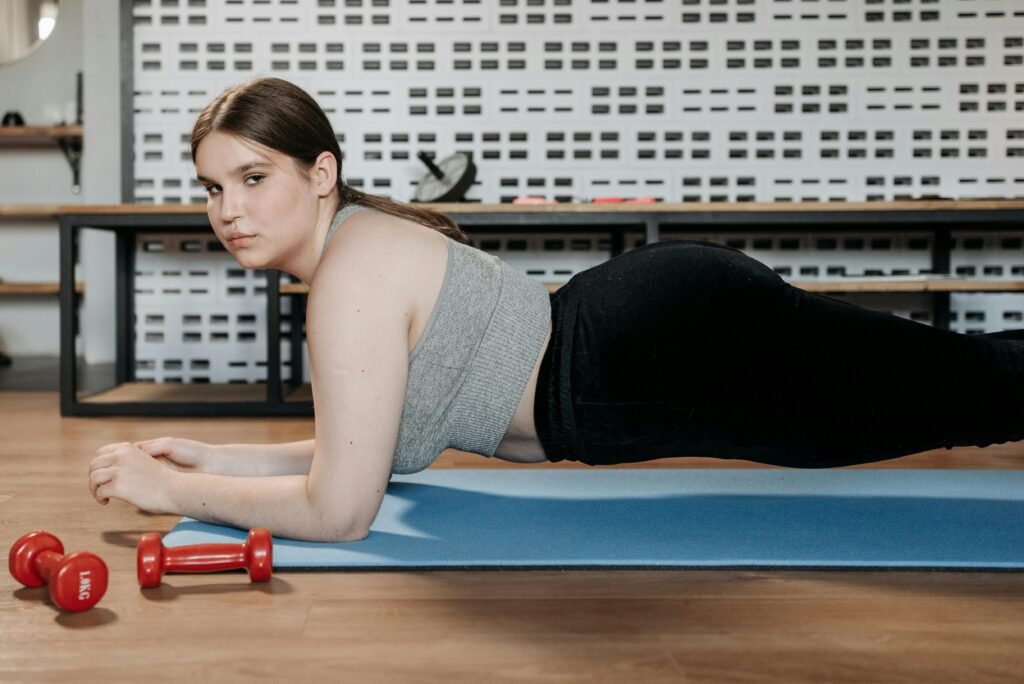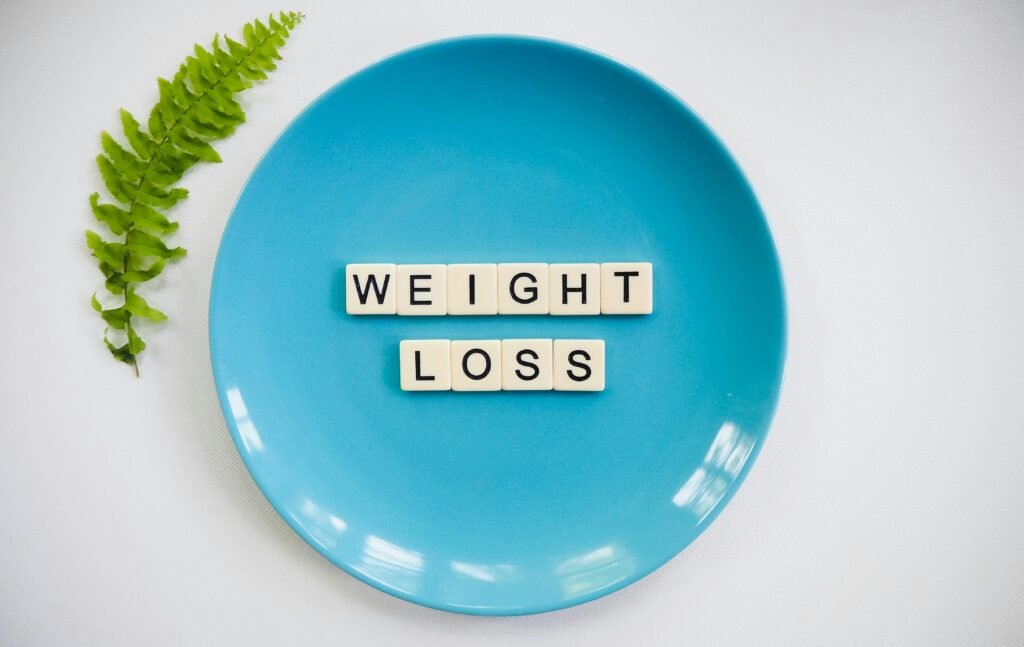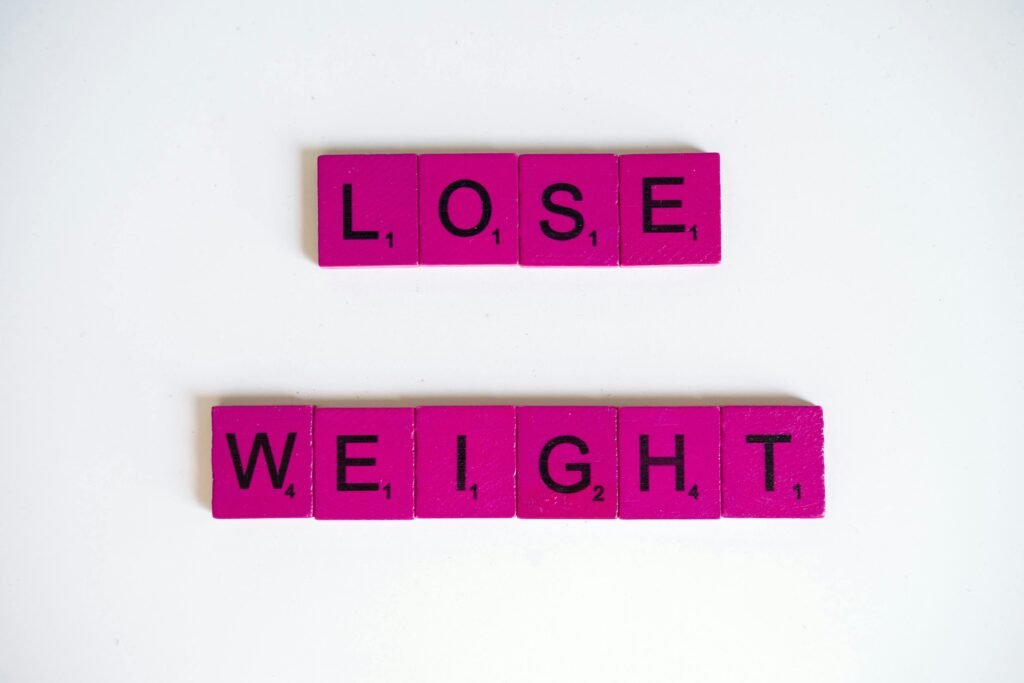The use of a red light therapy belt for weight loss is gaining increasing attention today. Many present it as a modern and simple solution to lose weight without intense effort. With the rise of overweight issues in our societies, this type of device appeals to those seeking a quick way to slim down their figure. The promises are enticing: a more toned body and a better appearance in little time. Yet behind this growing popularity, one essential question remains: can this technology truly deliver lasting weight loss?
How does the red light therapy belt for weight loss work?

In the context of weight loss, the red light therapy belt for weight loss uses technology based on the emission of red light at a specific wavelength. This light penetrates the skin and stimulates cellular energy, thereby promoting better metabolic activity. The principle is simple: help the body optimize its energy resources to support weight loss and target specific areas.
In addition, the red light therapy belt is often associated with improved blood circulation. When blood flows more efficiently, it nourishes tissues better, allowing the body to function properly. It also supports the toning of abdominal muscles, glutes, and thighs. The hips are among the main areas targeted by the device. By helping the body better nourish tissues, it contributes to muscle firmness while making recovery after physical activity easier.
On top of that, the belt produces a gentle thermal effect. The warmth generated stimulates the targeted area and can help activate the local metabolism. This mechanism encourages additional energy expenditure, reinforcing the work of the red light. This process, based both on cellular stimulation and heat, offers a modern approach to body reshaping. The device therefore acts on several complementary levels: supporting cellular energy, improving muscle tone, and promoting a firmer silhouette.
The red light therapy belt for weight loss: is it really effective?
When discussing the effectiveness of a red light therapy belt for weight loss, it is important to understand that its effects appear progressively. Many experiences report visible changes in body shape, especially when the belt is used regularly. Some clinical studies mention improved firmness and reduction in certain fat areas, which reinforces its appeal.
Beyond losing inches, the device often provides a sense of well-being. Many users mention relief from muscle pain and joint pain, as well as better recovery after exercise. These benefits, linked to tissue stimulation, enhance the positive perception of the belt. It thus serves both as an aesthetic tool and as a source of physical comfort.
Moreover, its role in reducing muscle tension and promoting relaxation is frequently highlighted. Regular use can encourage better overall tone and support the continuation of an active routine. These effects show that the belt is not limited to a single use. It fits into a broader approach that combines well-being, recovery, and body-shaping support.
Can you lose weight with this modern technology alone?
The use of a red light therapy belt for weight loss appeals because of its simplicity. It targets specific areas such as the abdominals, the lower back, or the lumbar muscles. However, weight loss cannot rely solely on technology. The body works through several mechanisms linked to energy and responds primarily to daily habits. This is why proper nutrition and regular physical activity remain essential parts of the process.

Using this belt can complement a well-thought-out routine. For example, someone who engages in regular sports activity already benefits from an active metabolism. In this context, stimulation through red light can support the efforts undertaken. Combined with a balanced diet, it can promote better weight management. The belt therefore acts as a complement, supporting the efforts made without replacing the essential foundations of a healthy lifestyle.
Strength training illustrates this principle well. By engaging the muscles, it boosts calorie burning and helps firm up the body. The abdominals and lumbar area, in particular, respond strongly to this type of exercise. When used in parallel, the belt can support recovery and improve comfort. Its role therefore remains complementary. Losing weight always requires a global strategy that combines proper nutrition, regular activity, and personal discipline.
Are there credible alternatives for lasting weight loss?

Sustainable weight loss is based above all on recognized practices. Good nutrition and regular exercise remain the main pillars. These habits profoundly alter the metabolism and deliver more stable results. People who adopt an active lifestyle often see visible and lasting changes. In this context, the belt may play a secondary role, offering support and comfort along the way.
There are also natural solutions that contribute to weight loss. Regular stretching sessions improve flexibility and enhance recovery after exercise. Consulting an osteopath or physiotherapist helps correct posture and reduce imbalances caused by activity. By reducing tension, these practices make physical exercise easier and allow efforts to continue without excessive pain.
Thus, the red light therapy belt fits in as a useful complement. It can help relieve pain or relax tired joints after a workout. When combined with a healthy lifestyle that includes sport and nutrition, it makes the process more comfortable while motivating users to maintain good habits. The path to a balanced weight is therefore built on a combination of coherent and adapted methods.
It is precisely this complementarity that helps us better understand the place of the red light therapy belt for weight loss. It stands between technological innovation and recognized wellness practices. This belt can provide valuable support, but it should not be seen as a standalone solution. A balanced approach, combining healthy living and new technologies, remains the most relevant path. In this context, the belt works as an effective complement rather than a miracle answer. So, truth or myth? Most likely a truth, but one that is often misunderstood.

